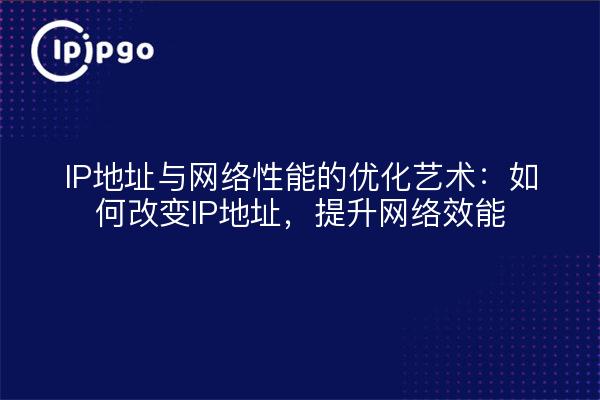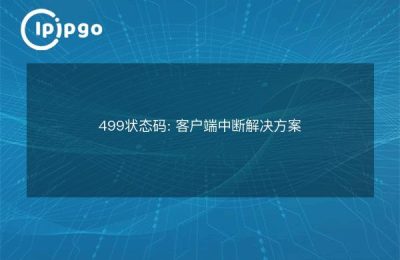
In today's digital era, network performance is crucial for individuals and businesses. With the popularization of the Internet and the diversification of application scenarios, we increasingly need stable and efficient network connections for our daily work and entertainment needs. In the pursuit of network performance, IP address optimization plays a crucial role. By changing the IP address, network performance can be effectively enhanced. For this reason, we need to have an in-depth understanding of IP address optimization tips and methods.
IP address types and their impact
First, we need to understand the different types of IP addresses and their impact on network performance. ipv4 and ipv6 are two types of IP addresses that are widely used today, with 32-bit and 128-bit address lengths, respectively. ipv4 addresses are limited in resources and are not sufficient to meet the current demands of the Internet, whereas ipv6 addresses are more spacious and can provide better support for the future development of the Internet. The IPv6 address space is much wider and can provide better support for the future development of the Internet. Choosing the right type of IP address is critical to optimizing network performance, and there is no doubt that IPv6 will be the trend for future network development.
IP Address Switching and Network Performance Improvement
Network performance can be effectively improved by switching IP addresses frequently. Different IP addresses may be affected by different carriers or geographic locations. By switching IP addresses, network congestion nodes can be avoided, network latency can be reduced, and data transmission speed can be increased. At the same time, choosing different types or versions of IP addresses for specific network requirements can also optimize network performance, for example, by taking advantage of the large-scale connectivity of IPv6, accelerating data transmission and processing speeds, and improving network performance.
Dynamic IP vs. static IP selection
Choosing the right type of IP address is also a crucial part of IP address optimization. Dynamic IP and static IP have their own characteristics. Dynamic IP is more suitable for general users, and randomly assigning IP addresses can improve network security and reduce the possibility of being attacked; while static IP is more suitable for server-side or business scenarios that require remote access, and a stable IP address can ensure stable network connection for a long period of time, and improve network efficiency.
Recommendations for IPIPGO Proxy Services
In the actual process of IP address optimization, how to quickly and easily obtain an IP address that meets the needs is also a key issue. IPIPGO proxy service is recommended here. IPIPGO provides massive IP resources covering many countries and regions around the world, so users can obtain high-quality and stable IP addresses according to their actual needs. Through IPIPGO proxy service, users can flexibly deploy IP resources, realize fast IP address switching, improve network performance, and provide more reliable and secure network connection for individual users and enterprise users.
In the art of IP address and network performance optimization, by means of reasonable selection of IP address types, frequent IP address switching, and selection of appropriate IP types, network performance can be effectively improved to bring users a better Internet experience. Combined with the resource advantages of IPIPGO proxy service, users can obtain high-quality IP resources more conveniently, which contributes to the continuous optimization of network performance.








